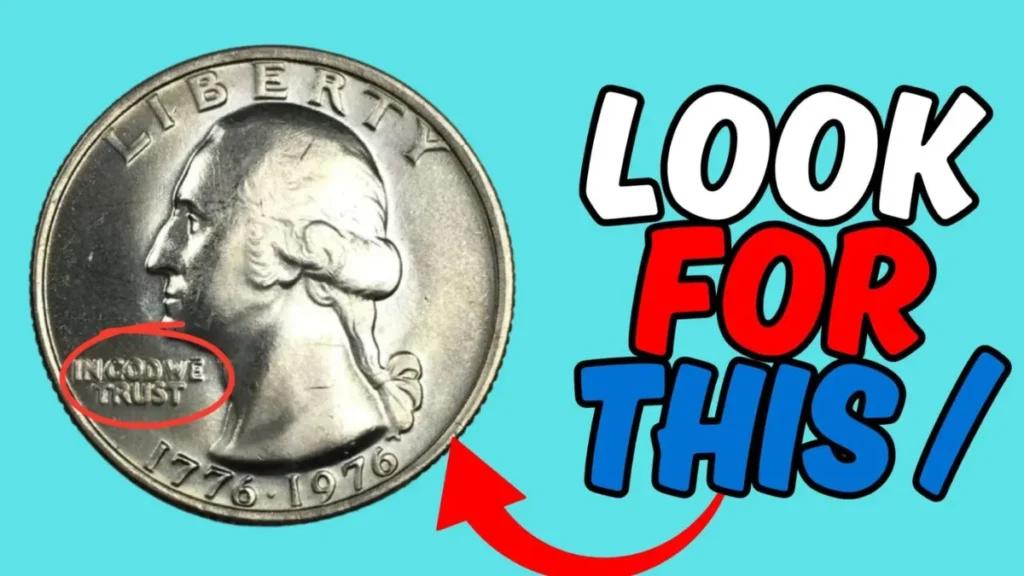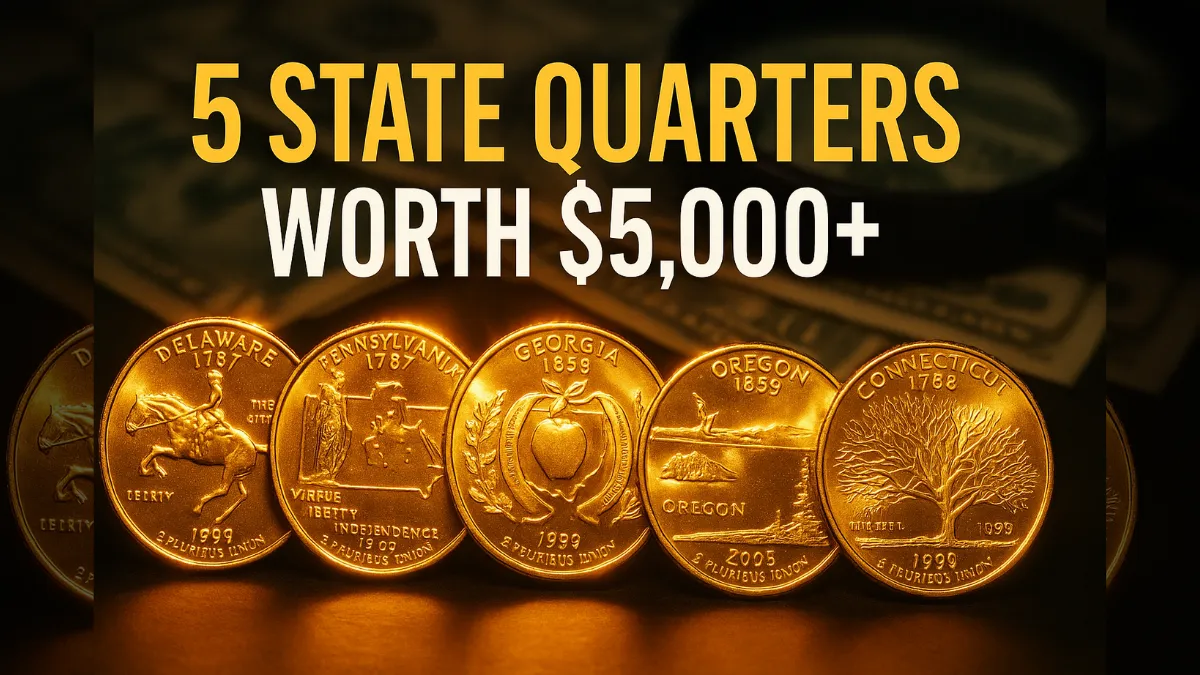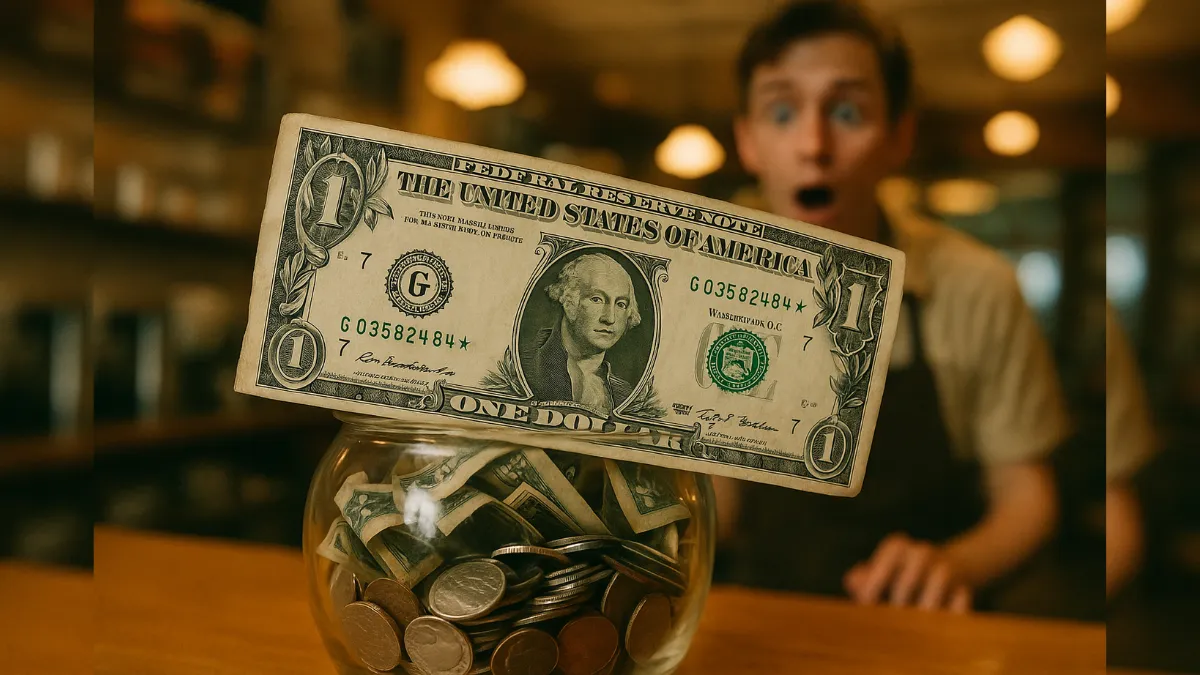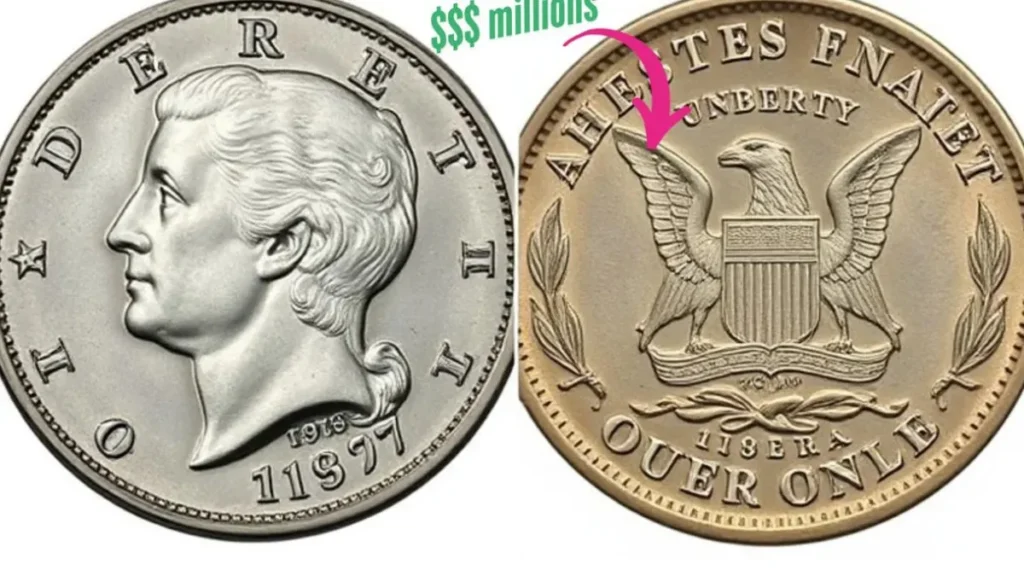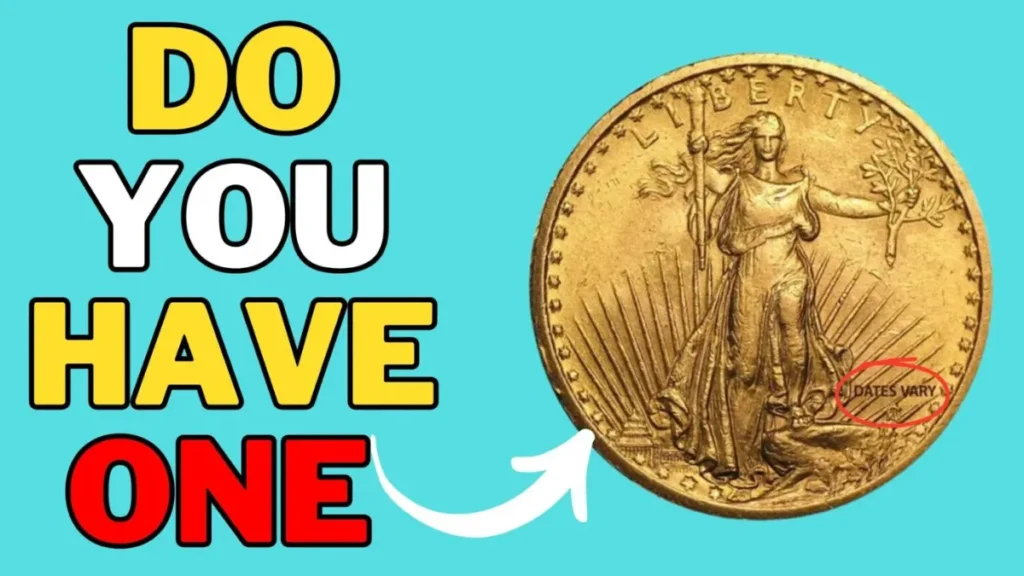Rare 1976 Bicentennial Quarter
In the exciting world of coin collecting, where every coin has a story, few tales grab attention like the mystery surrounding a supposedly rare 1976 Bicentennial quarter said to be worth $2.2 billion. Such a claim sounds unbelievable—and it should.
Yet, it continues to spark curiosity among collectors and casual hobbyists alike. Is it possible that this elusive coin is real? And if it is, could it still be sitting unnoticed in someone’s pocket change today? This fascinating topic deserves a closer look. Here’s the truth behind the Bicentennial quarter, why it holds historical significance, and what makes a few of these coins far more valuable than others.
Separating fact from fiction can be tricky, but understanding the origin of these claims and the reality of rare coins in circulation may just inspire you to take a second look at the change in your wallet or coin jar.
The Bicentennial Quarter: A Piece of American History
The 1976 quarter was a unique release by the U.S. Mint to honor America’s Bicentennial—the 200th anniversary of the signing of the Declaration of Independence. Unlike the standard Washington quarters, the Bicentennial edition has a special reverse design that sets it apart.
Created by Jack L. Ahr, the back of the coin features a colonial drummer boy facing left, a torch of victory, and a ring of 13 stars representing the original colonies, along with the dual dates “1776–1976.” This patriotic design wasn’t limited to the quarter; special Bicentennial versions of the half dollar and dollar coin were also introduced.
With more than 1.6 billion Bicentennial quarters minted for circulation, these coins are still commonly found in pocket change today. Their widespread availability keeps their face value at 25 cents in most cases, but the design remains a beloved symbol of American history for collectors and everyday citizens alike.
The $2.2 Billion Claim: Fact or Fiction?
The widely circulated story about a 1976 Bicentennial quarter being worth $2.2 billion is nothing more than an exaggerated internet hoax. While it makes for an eye-catching headline, no such coin has ever been verified, let alone sold for that astronomical sum. These rumors likely stem from clickbait articles or social media posts designed to generate views and stir up excitement in the coin community.
That said, some truth lies beneath the myth. Although not even close to being worth billions, certain Bicentennial quarters can indeed carry substantial value. Coins with specific minting errors, silver content, or extremely high grades have fetched impressive prices at auctions.
Still, the idea of finding a coin worth even $11 million is far-fetched. Collectors continue to search for high-value quarters, but it’s important to ground expectations in reality and focus on the actual factors that make a coin genuinely rare and valuable.
Rare Bicentennial Quarter Worth $11 Million Still Circulating – Could You Be Holding One Right Now?
The idea that a rare 1976 Bicentennial quarter worth $11 million could still be in circulation is thrilling—but it also needs context. While there’s no officially documented quarter that has sold for $11 million, there are indeed rare examples of Bicentennial quarters that hold significant value due to specific factors like mint errors, silver composition, or pristine condition.
These coins can appear unexpectedly in pocket change, estate sales, or coin rolls. The key lies in knowing what to look for, as the majority of Bicentennial quarters are common and only worth face value. However, for a collector with a sharp eye and a bit of luck, discovering a valuable specimen is entirely possible.
Though the $11 million figure remains part of a larger internet fantasy, valuable versions of this coin are very real and occasionally surface, adding a layer of excitement to an otherwise ordinary piece of change.
What Makes a Bicentennial Quarter Valuable?
Several characteristics determine whether a 1976 Bicentennial quarter is more than just spare change. First, minting errors such as off-center strikes, die doubling, or incorrect metal compositions can significantly raise a coin’s worth. These errors are usually visible under magnification and are highly sought after by numismatists.
Second, composition plays a vital role—some Bicentennial quarters were minted in 40% silver, typically as part of special collector sets. These silver coins were never released into general circulation, making them rarer. Lastly, condition is key. Coins graded MS-67 or higher by professional grading services like PCGS or NGC are valued much more than those with wear and tear.
Pristine silver-clad proofs or coins with unique errors can fetch hundreds or even thousands of dollars. Though not every Bicentennial quarter meets these criteria, the ones that do offer collectors a tangible and rewarding piece of American history.
Still in Circulation?
Despite their age, Bicentennial quarters are still widely found in circulation due to their large production run. With over 1.6 billion minted, it’s not unusual to find one in your pocket change or at the bottom of a coin jar. While most are worth only their face value, the excitement lies in the possibility that you might unknowingly possess a rare version.
Whether it’s a silver proof, a high-grade uncirculated piece, or a coin with a unique minting error, these rarities sometimes slip through the cracks and end up back in circulation. Coin enthusiasts often comb through rolls of quarters from banks or search through coin jars in hopes of finding that one extraordinary piece. While it’s a bit like searching for a needle in a haystack, the potential reward makes the effort worthwhile for many collectors and hobbyists who find joy in the treasure hunt of numismatics.
How to Spot a Valuable Bicentennial Quarter
Finding a valuable Bicentennial quarter starts with paying close attention to the details. Look for a small “S” mintmark, which indicates the coin was struck in San Francisco as part of a proof set, possibly in 40% silver. Examine the coin under good lighting or use a magnifying glass to check for unusual features, such as double-stamped letters, off-center images, or odd coloration that might signal a minting error.
Weight is another key factor—standard copper-nickel quarters weigh 5.67 grams, while silver-clad quarters tip the scale at around 5.75 grams. You can use a digital scale to make this distinction. High-grade examples with mirror-like surfaces and no visible wear are particularly valuable if graded by professionals.
Always verify coins with certified grading services for the most accurate valuation. Even if most finds yield nothing unusual, the thrill of possibly uncovering a rare piece makes the effort enjoyable and rewarding for many collectors.
Last Thought
While the notion of a $2.2 billion Bicentennial quarter makes for an eye-catching story, the real value of these coins lies in their history, unique design, and the rare few that carry special features. For collectors, the joy isn’t just in finding a valuable coin—it’s in the hunt, the history, and the hope that one day, you might just find a hidden gem in your spare change. Keep looking—you never know what treasure you might hold in your hands.
FAQs
Q1: Is there really a 1976 Bicentennial quarter worth $2.2 billion?
A: No, the idea of a $2.2 billion Bicentennial quarter is a myth fueled by online rumors and clickbait. No legitimate record of such a sale exists, although rare versions of the coin can still be valuable.
Q2: Why is the 1976 Bicentennial quarter special?
A: It commemorates 200 years of American independence and features a unique drummer boy design with dual dates “1776–1976,” setting it apart from other quarters.
Q3: Are Bicentennial quarters still in circulation today?
A: Yes, with over 1.6 billion produced, these coins are still commonly found in pocket change, though most are only worth their face value.
Matthew K. Ayers is a seasoned finance writer with a sharp eye for market trends and economic insights. With a background in financial analysis and a passion for simplifying complex topics, he crafts clear, actionable content to help readers make smarter money decisions. From personal finance to global markets, Matthew delivers trustworthy advice with clarity and precision.
